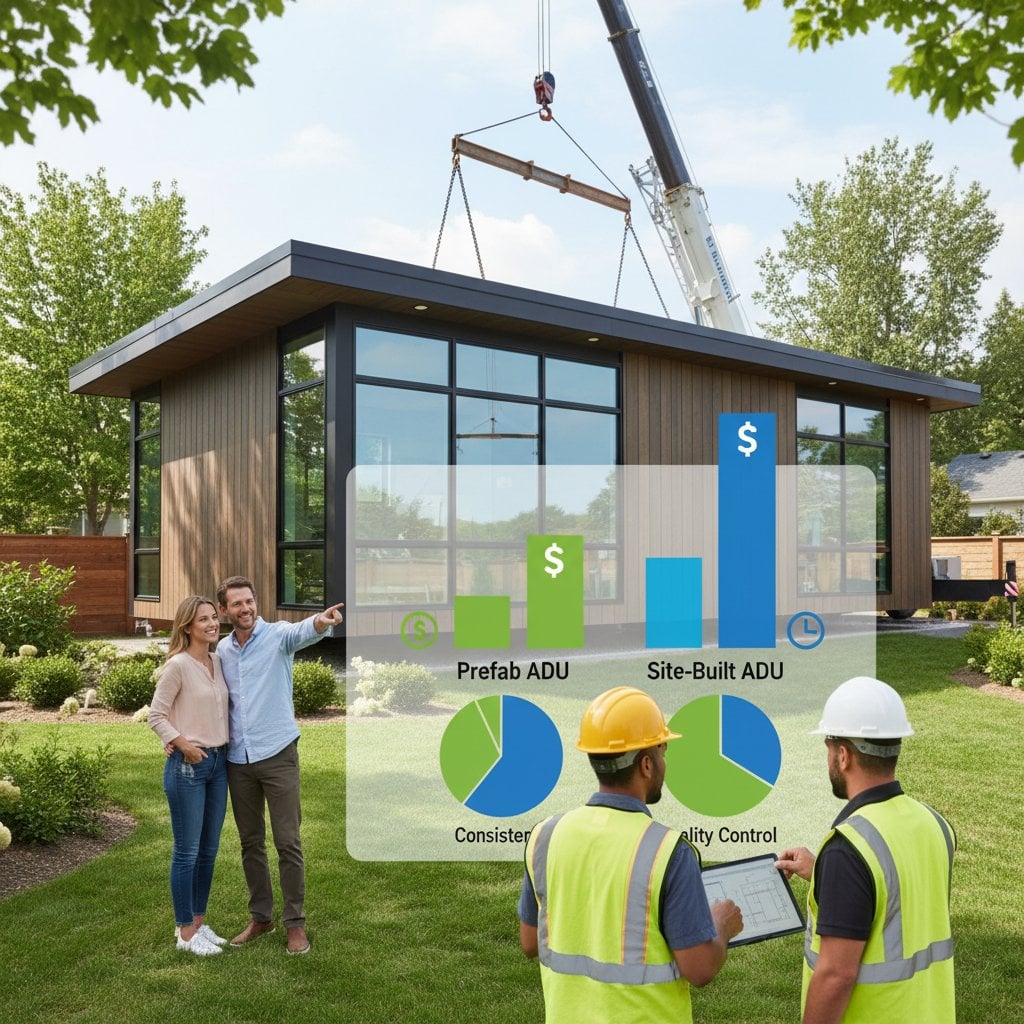Steel Framing Costs $9 to $11 Per Square Foot Compared to Wood in 2025
Selecting the ideal framing material for a construction project shapes not only the initial budget but also the structure's durability and performance over decades. Steel and wood stand as the primary choices for builders, each presenting distinct benefits and challenges. With steel framing priced between $9 and $11 per square foot in 2025, a deeper comparison with wood framing reveals critical insights for aligning your decision with both financial constraints and long-term objectives.
This detailed exploration breaks down the cost disparities, structural strengths, and maintenance demands of steel versus wood. It also highlights regional influences, potential returns on investment, and practical scenarios where one material outshines the other.
Cost Breakdown of Steel Versus Wood Framing
- Steel framing cost: $9 to $11 per square foot
- Wood framing cost: $7 to $10 per square foot
- Steel advantages: Exceptional resistance to rot, pests, and fire
- Wood advantages: More affordable, simpler to insulate, and widely familiar to contractors
Steel's higher price stems from elevated material expenses and the need for specialized labor. Manufacturing steel studs to exact specifications demands unique tools and fasteners, and fewer contractors possess expertise in steel compared to wood, driving up labor costs. For a 2,000 square foot project, steel framing might total $18,000 to $22,000, while wood could range from $14,000 to $20,000, a difference that becomes significant on larger builds.
Structural Integrity and Longevity
Steel Framing Benefits
- Resists degradation from moisture, avoiding rot or warping over time.
- Offers inherent fire resistance, enhancing safety in high-risk areas.
- Boasts a lifespan exceeding 75 years with minimal upkeep.
Wood Framing Challenges
- Susceptible to moisture damage, leading to swelling or decay if unprotected.
- Prone to pest infestations like termites, requiring vigilant monitoring.
- Typically lasts 50 to 70 years, provided regular maintenance is performed.
Energy Performance and Insulation Needs
Steel conducts heat more efficiently than wood, potentially compromising energy efficiency unless addressed. Builders often incorporate thermal breaks or extra insulation layers around steel studs to curb heat loss, adding to expenses but ensuring better performance. Wood, by contrast, naturally insulates, reducing the need for such modifications and often resulting in lower utility costs, especially in colder regions.
Environmental Impact and Sustainability
Steel's recyclability stands out as a key advantage, with most framing steel containing recycled content and the ability to be reused without strength loss. Though its production consumes substantial energy, the material's durability mitigates some environmental drawbacks. Wood, being renewable and often sourced locally, benefits from sustainable forestry practices and sequesters carbon throughout its life, though construction waste still contributes to landfills despite being biodegradable.
Regional Influences on Material Selection
Geographic conditions heavily influence whether steel or wood proves more practical. In humid or coastal areas, steel's resistance to rot and corrosion offers a clear edge. Dry or termite-heavy zones also favor steel for its immunity to insect damage. Conversely, wood often performs better in cold climates due to reduced thermal bridging, helping maintain indoor warmth. In regions prone to earthquakes or high winds, steel's superior structural strength provides added security against lateral forces.
Maintenance Demands Over Time
Steel requires little ongoing care, showing no vulnerability to mold or pests, though in salty coastal environments, corrosion protection becomes essential. Wood demands consistent inspections for moisture and insect issues, often necessitating treatments or sealants to prevent deterioration. Without fire-retardant applications, wood also remains more susceptible to fire damage, requiring additional safety measures.
Maximizing Return on Investment
Steel framing delivers robust returns in commercial or multi-family developments where durability and safety take precedence. Its higher initial cost balances out through reduced maintenance and potential insurance savings over time. Wood, however, often yields stronger returns for single-family homes, particularly in areas with abundant lumber and lower labor costs, bolstered by its traditional appeal to prospective buyers.
Practical Tips for Cost Efficiency
Consider purchasing materials in bulk to lower per-unit costs for either steel or wood. Exploring hybrid framing systems, using steel for critical load-bearing elements and wood for non-structural partitions, can optimize both expense and performance. Additionally, investing in enhanced insulation for steel structures might qualify for energy efficiency rebates, while steel's minimal upkeep offers long-term savings to offset upfront costs.
Deciding When to Seek Professional Help
Engage a licensed contractor for any load-bearing or structural framing work to ensure compliance with safety standards. Projects in areas with specific seismic or wind resistance codes, or in challenging environments like coastal zones, also warrant expert input. When selecting a contractor, verify their experience with both materials, confirm proper licensing, and compare multiple estimates to secure the best value for your project.
Your Path to a Smart Framing Decision
Choosing between steel and wood framing hinges on balancing immediate costs with long-term priorities. Steel, at $9 to $11 per square foot, excels for those valuing resilience, fire safety, and reduced maintenance. Wood, priced at $7 to $10 per square foot, suits budgets seeking affordability, ease of customization, and natural insulation benefits. Evaluate your local climate, project scale, and future goals carefully. Partnering with a skilled contractor ensures that whichever material you select, your structure will deliver lasting comfort, safety, and value.











